Liliputing
Anbernic is a Chinese company that makes handheld gaming devices, most of which are powered by Android or Linux software and designed for retro gaming. But it looks like the company may be developing its first handheld gaming PC that runs Windows.
That could make the upcoming Anbernic Win600 an option for gamers looking to play modern PC games, although the new model will also probably be Anbernic’s most expensive system to date – most of the company’s current devices tend to sell for between $50 and $250.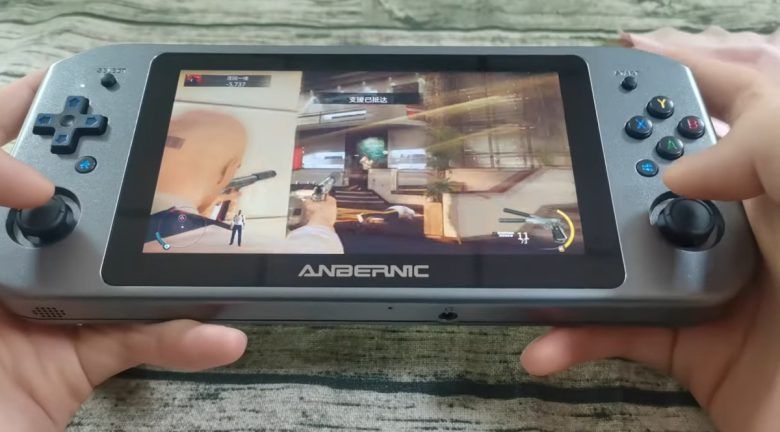
Anbernic hasn’t officially announced the pricing, specs, or release date. But a series of photos and a few short videos give us some ideas of what to expect.
For example, the Anbernic Win600 will be a handheld gaming computer with a small screen surrounded by game controllers including a D-Pad, two analog stick, action, start, and select buttons, and shoulder keys.
There’s a vent on the back, indicating that the device is actively cooled, And USB Type-A and Type-C ports on the top of the system. There’s also a home key on one side, and a Windows key on the other, which will likely function as a Start Key. Other features are expected to include stereo speakers, a 3.5mm audio jack, and a microphone.
On the left side of the device there’s also a switch that lets you toggle between game controller and mouse modes, a feature we’ve seen on some other Windows-powered handhelds, which makes Windows a little easier to navigate on devices without a mouse or physical keyboard.
This will most likely let you move a cursor with an analog stick while using action buttons for left and right-click actions.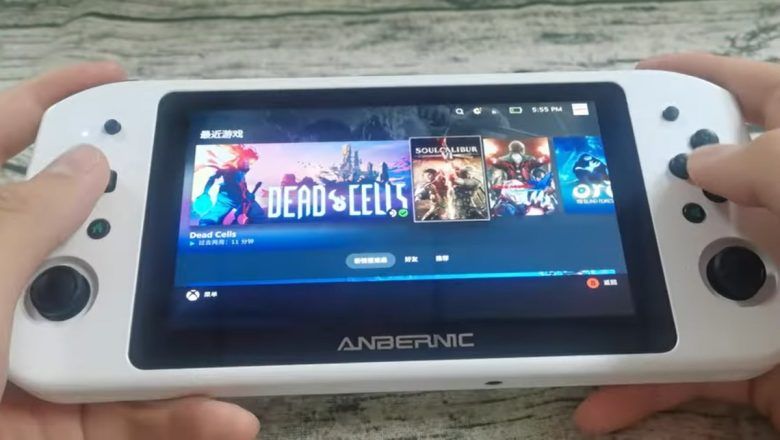
And in a recent demo video, Anbernic shows that the system will support both Valve’s Linux-based Steam OS and Windows 10 software. Support for Steam OS could indicate that the little computer will be powered by an AMD processor, since the latest builds of Steam OS are designed for devices with AMD chips (like Valve’s own Steam Deck).
There’s no word on the specs or pricing, but it seems like a safe bet that a Windows-powered handheld will have a more expensive processor than most of Anbernic’s systems to date, which will drive up the price tag accordingly.
If and when Anbernic’s Windows-powered handheld comes to market, it will join an increasingly crowded space that’s currently populated by small Chinese companies like GPD, One Netbook, and AYA as well as the Valve’s Steam Deck (which will ship with the Linux-based Steam OS, but which has all the hardware necessary for Windows gaming if anyone feels the urge to replace the operating system).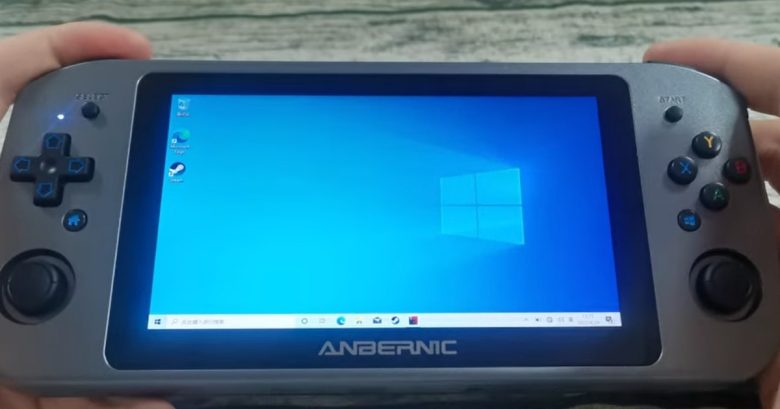
via DroiX, Taki Udon, /r/anbernic (1)(2), Obscure Handhelds, and Retro Games Corp
This article was originally published January 17, 2022 and most recently updated May 13, 2022.
Liliputing’s primary sources of revenue are advertising and affiliate links (if you click the «Shop» button at the top of the page and buy something on Amazon, for example, we’ll get a small commission).
But there are several ways you can support the site directly even if you’re using an ad blocker* and hate online shopping.
Contribute to our Patreon campaign
or…
Contribute via PayPal
16 Comments
Your email address will not be published.
This site uses Akismet to reduce spam. Learn how your comment data is processed.
About SteamOS, I wonder if this’ll support all the easy to reach performance toggles like on the Steam Deck. How’s Anbernic in terms of Linux development and upstreaming? Their other handhelds are ARM based and run some sort of Linux based OS, right?
I bought a GPD Win 2 recently to complement my home use only Deck as my pocketable out of the house handheld. I installed Linux on it and I just run my own scripts to control TDP and frequency plus gamescope in Steam launch options to enable FSR and limit FPS. The keyboard significantly helps with all this manual work.
If all those perf controls work on the Win600 and it’s targeting the lower-end (and lower price among non-Deck handhelds), I can see this doing well among those who don’t care about physical keyboards.
As much as I snubbed the Win 2 and GPD a few years ago, seeing where handhelds are now and in the near future, I got a Win 2 just over a month ago when new ones were available on Amazon.
Undervolting (-100 mV CPU/GPU and -50 mV everything else) and FSR via gamescope makes the Win 2 a very viable pocket gaming handheld and UMPC today. The popular cooling mods aren’t even necessary.
I don’t buy anything with Windows on it, but I do own several of the RK3266 handheld consoles from Anbernic. Overall, the quality has been good and I wouldn’t hesitate to recommend them. I especially like the RG351MP.
Although…with that said, their latest offering…the RG552 I wasn’t too impressed with. It seemed overpriced for what it is so I passed on it. The Odin Pro is a much better deal.
This Windows device, the thumbsticks seem to small? I realize they’re trying to keep them low to the device…but it just doesn’t look right?
At first, I was thinking their design cues look outdated, just like the RG552…but once I saw a shot of the profile…it appears as though they’re improving the design of their triggers. They remind me of the Switch Lite, or the PowKiddy RGB10 Max II.
I’d also prefer the Select/Start on the bottom towards the thumbsticks instead of up high. Personal preference.
Best,
Steven B.(Liquid Cool)
It could be an Odin Pro kind of situation with them testing Windows on ARM. The S845 is surprisingly capable, a firend of mine had the Odin and he can play the 2016 Tomb Raider on an ARM Windows handheld which is all kinds of amazing to me.
Yeah I was also really impressed with the Odin Pro and how well it performs on Windows 11 gaming. There is a video on Youtube showing Skyrim running 40-60fps
I think that stick placement could get really tiring after a while.
What are they trying to patent? Buttons and switches where your hand will be gripping and more prone to accidentally activating (ie. bad idea)?
Also, if their handheld looks like this, how are they expecting to compete with the other Chinese handhelds (let alone the Steam Deck)? Price? The bar handhelds are all pretty much the same with different tweaks here and there.
At this rate, I feel like whatever part of the market the Deck isn’t able to capture will just be shared equally among the rest of these small companies.
Keep in mind the Deck isn’t available for most people around the world, even if willing to wait in a queue. So it isn’t an option and thus isn’t competing in the market right now.
Now more manufacturers in the game, waiting for Alienware and Razer to join this party, they had UFO and Switchblade concepts in the past
I feel a tiny bit sorry for GPD – after years of being the “only game in town”, now they have competitors coming out of the woodwork!
Still, it seems like good news for everyone else!
If those pics are true then that would be too small for my eyes. It is a difficult one because the icons in windows can be really small so they need a bigger screen – too big and you are in laptop territory. I have a onexplayer and that screensize is perfect for this.
If it’s pocketable, then I’d get it. Otherwise, if I’m getting a non-pocketable slab/bar PC handheld, then it’s only the Steam Deck for me.
Judging from the USB Type-A port, this thing’s pretty large. It’s not any more pocketable than the other slabs so pass. The Steam Deck it is.
Waiting for a hologram of Roseanne Barr to explain the meaning of the device’s name to me.
? Close enough to Ambergris
? Close enough to Ambergris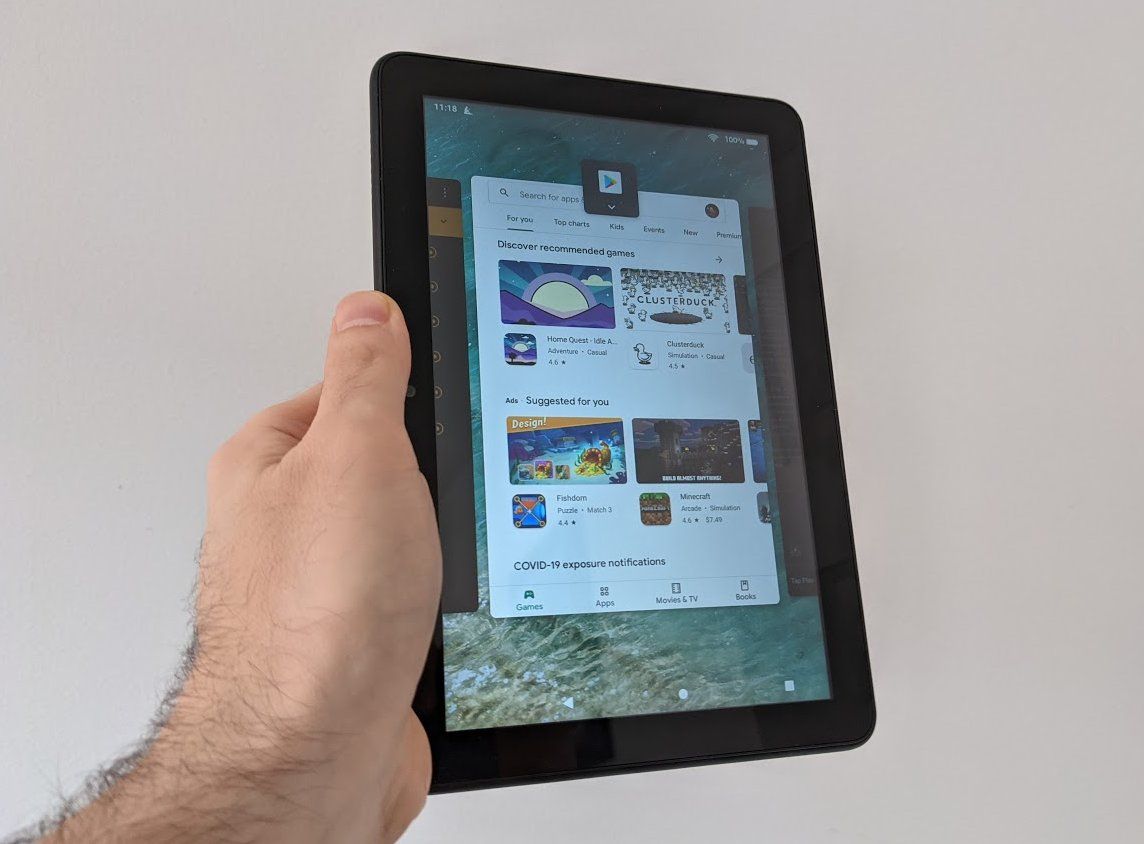
Hack your Amazon Fire tablet with Fire Toolbox (Install Google Play, remove Amazon apps, and more)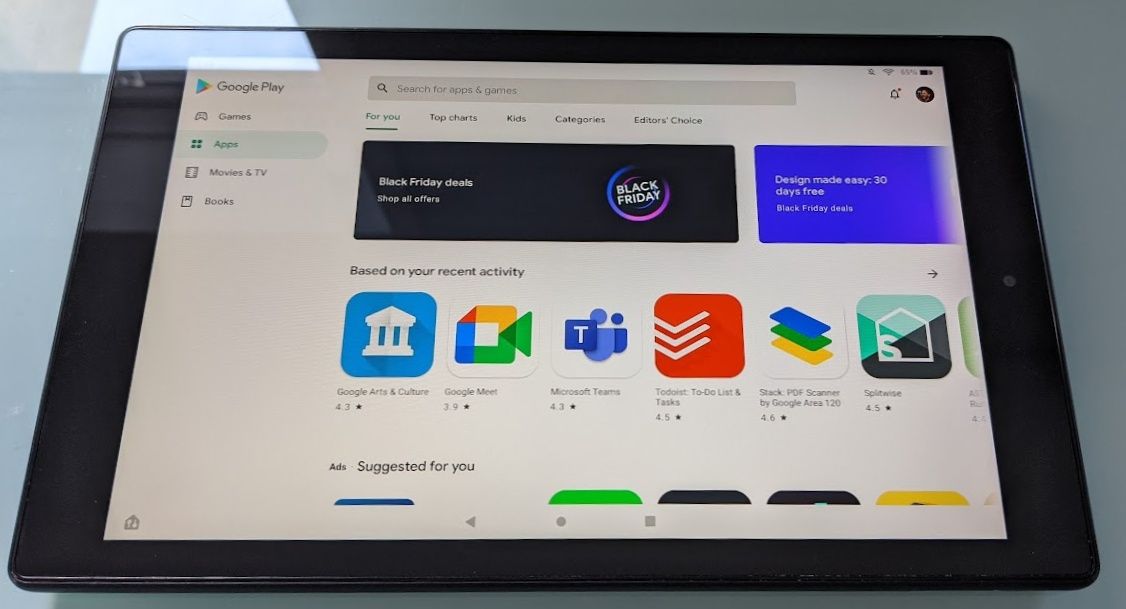
How to install Google Play on Amazon Fire tablets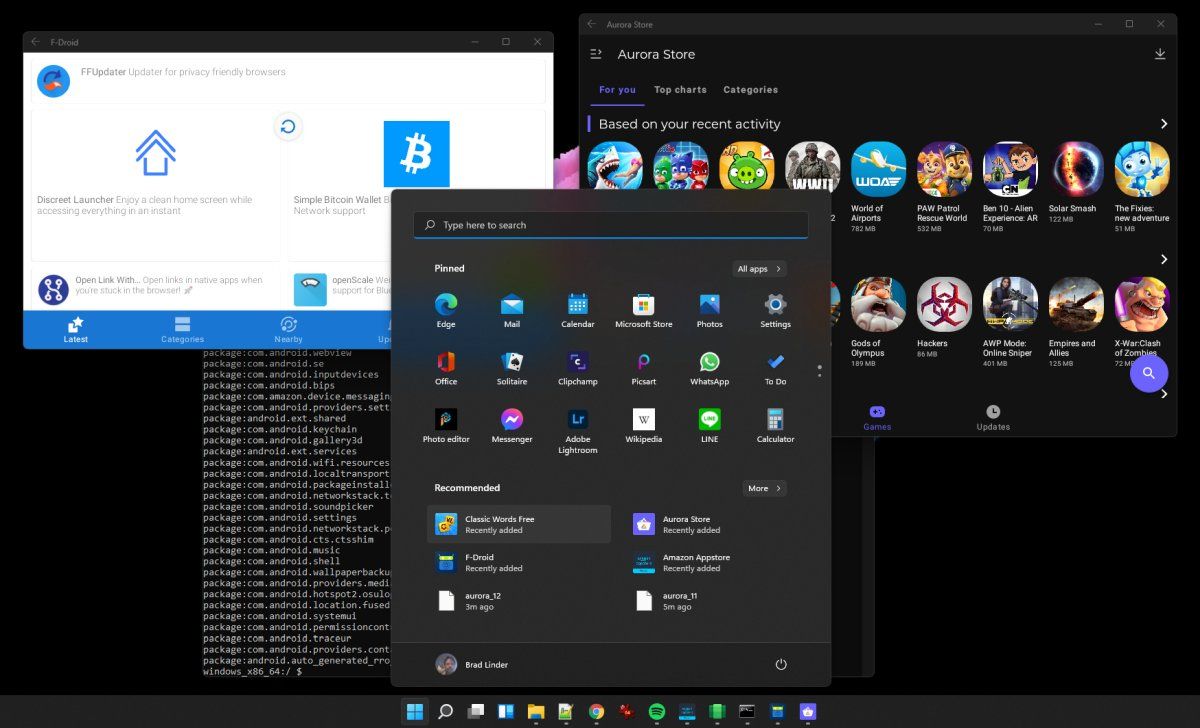
How to sideload Android apps on Windows 11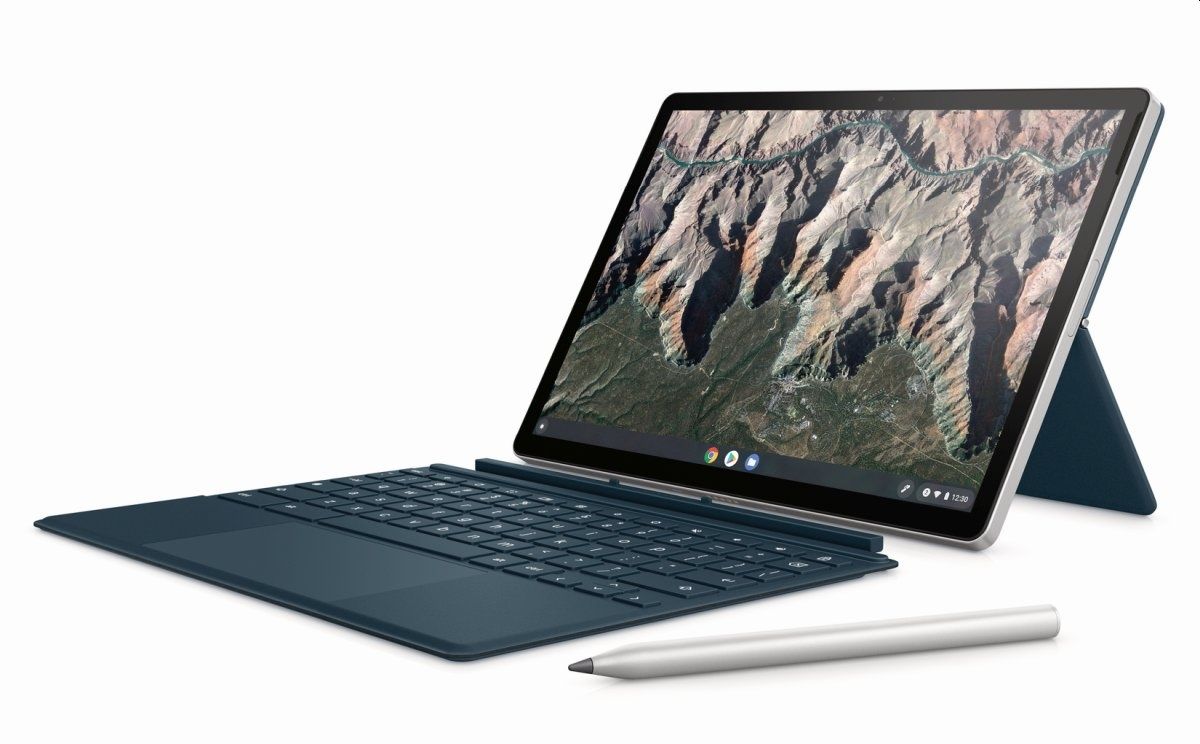
Daily Deals (5-13-2022)
AYN Odin software updates bring support for custom ROMs, phone calls to the handheld game console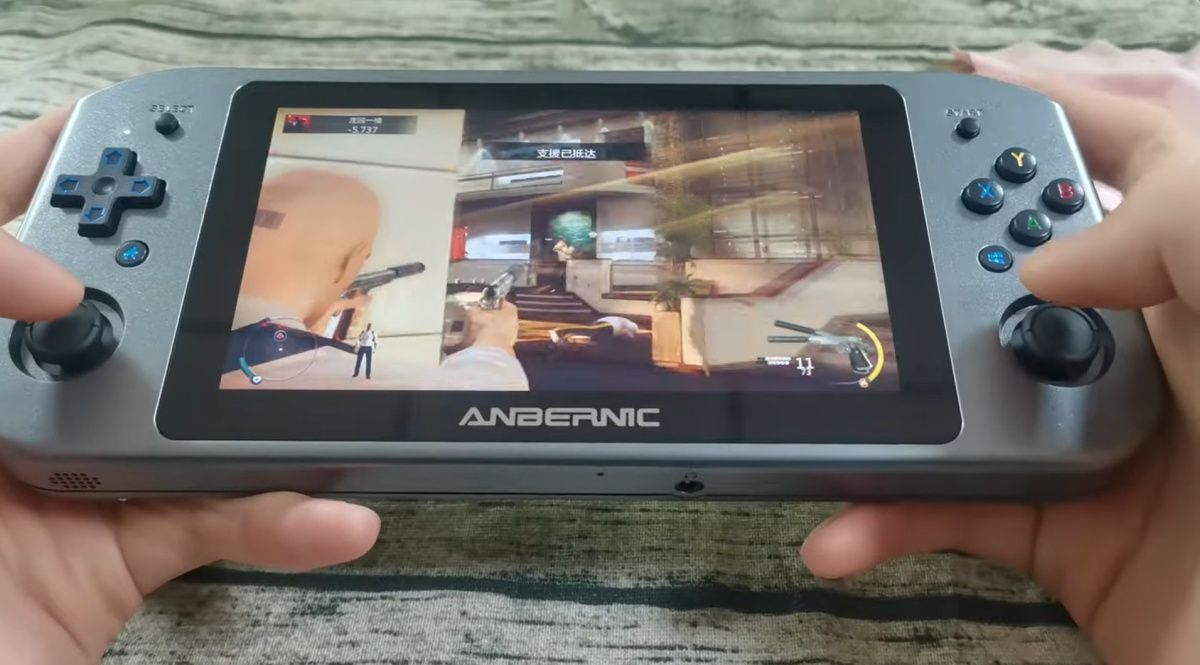
Anbernic’s handheld Windows gaming PC breaks cover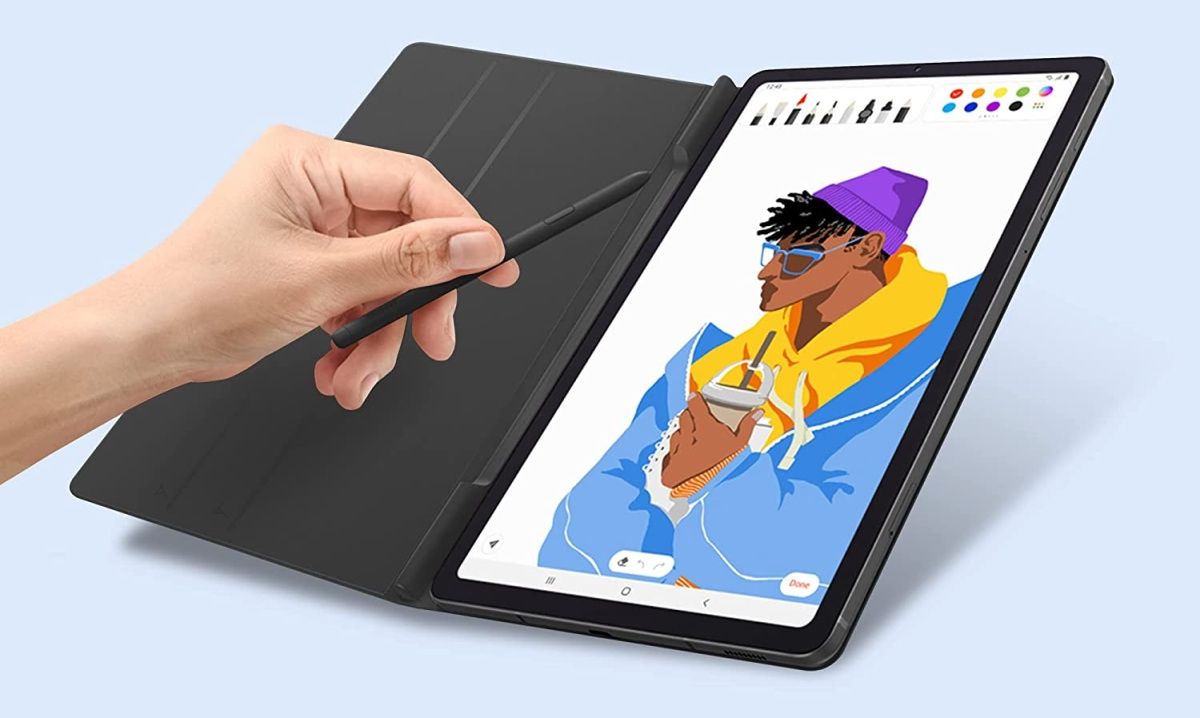
Samsung Galaxy Tab S6 Lite gets a 2022 refresh
Enter your email address to subscribe to this blog and receive notifications of new posts by email.
Join 15,107 other subscribers












